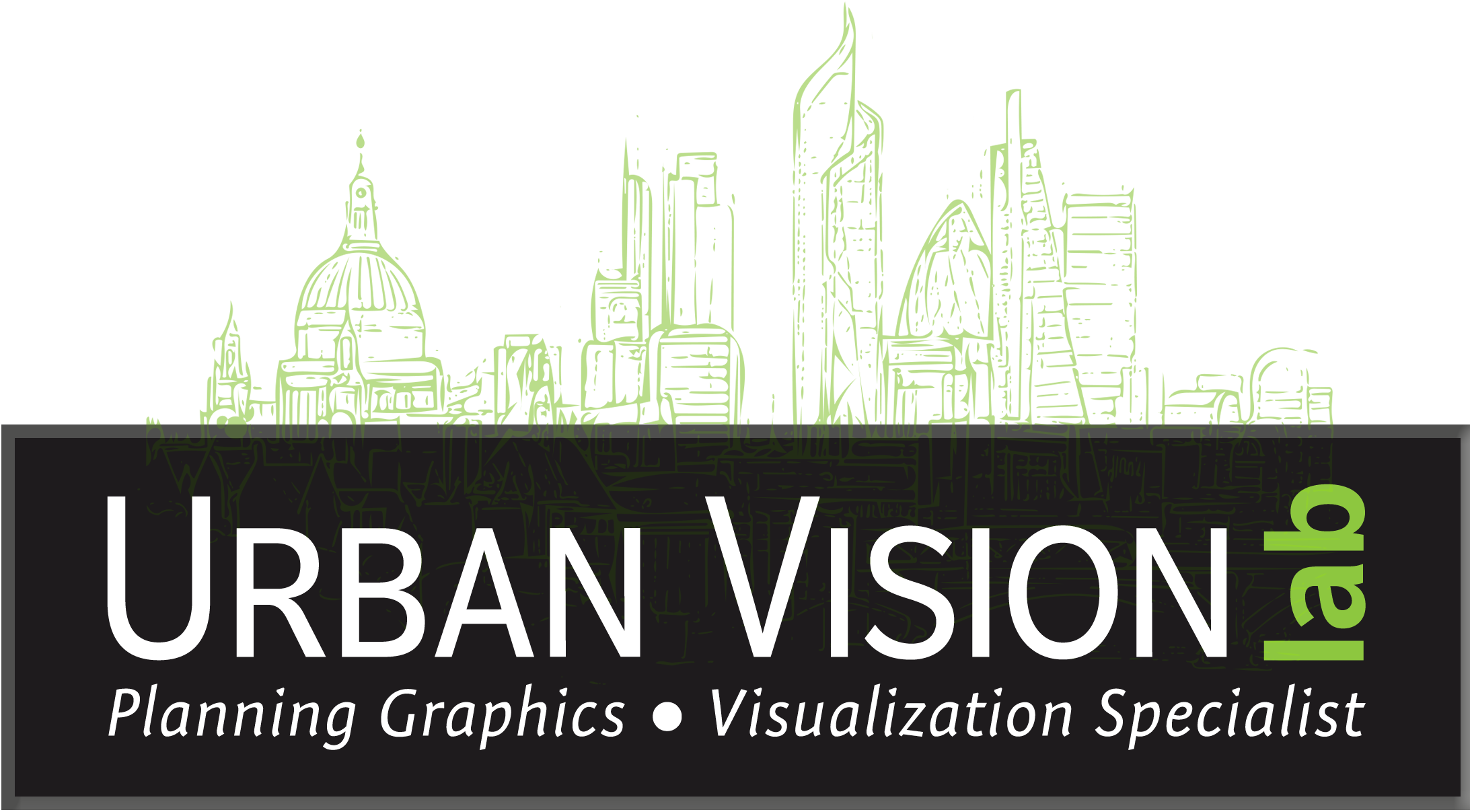Tools Used: Adobe Illustrator, Photoshop, and InDesign.
Tools Used: Adobe Illustrator, Photoshop, and InDesign.
Tools Used: ArcGIS, Adobe Illustrator, Photoshop, and InDesign.
Tools Used: ArcGIS, Adobe Illustrator, Photoshop, and InDesign.
A "Tool Matrix" matched each of the six core vision principles with appropriate tools. Visually, each principle was assigned a unique color "dot." These dots would assist the reader in finding the corresponding description for each tool within the chapter. Sections for each tool contained informative text, graphics, and additional external resources, both print and web.
Tools Used: Adobe Illustrator, Photoshop, and InDesign
Please note: In no way did these images represent current construction activity or that of any approved future development. Their purpose was to generate dialogue about the possibility of where future growth may or may not be appropriate.
Tools Used: ArcGIS, Arc2Earth, Google Earth Pro, and Adobe Photoshop
